Home>Gardening & Outdoor>Outdoor Structures>What Materials Do I Need To Build A 12X16 Shed
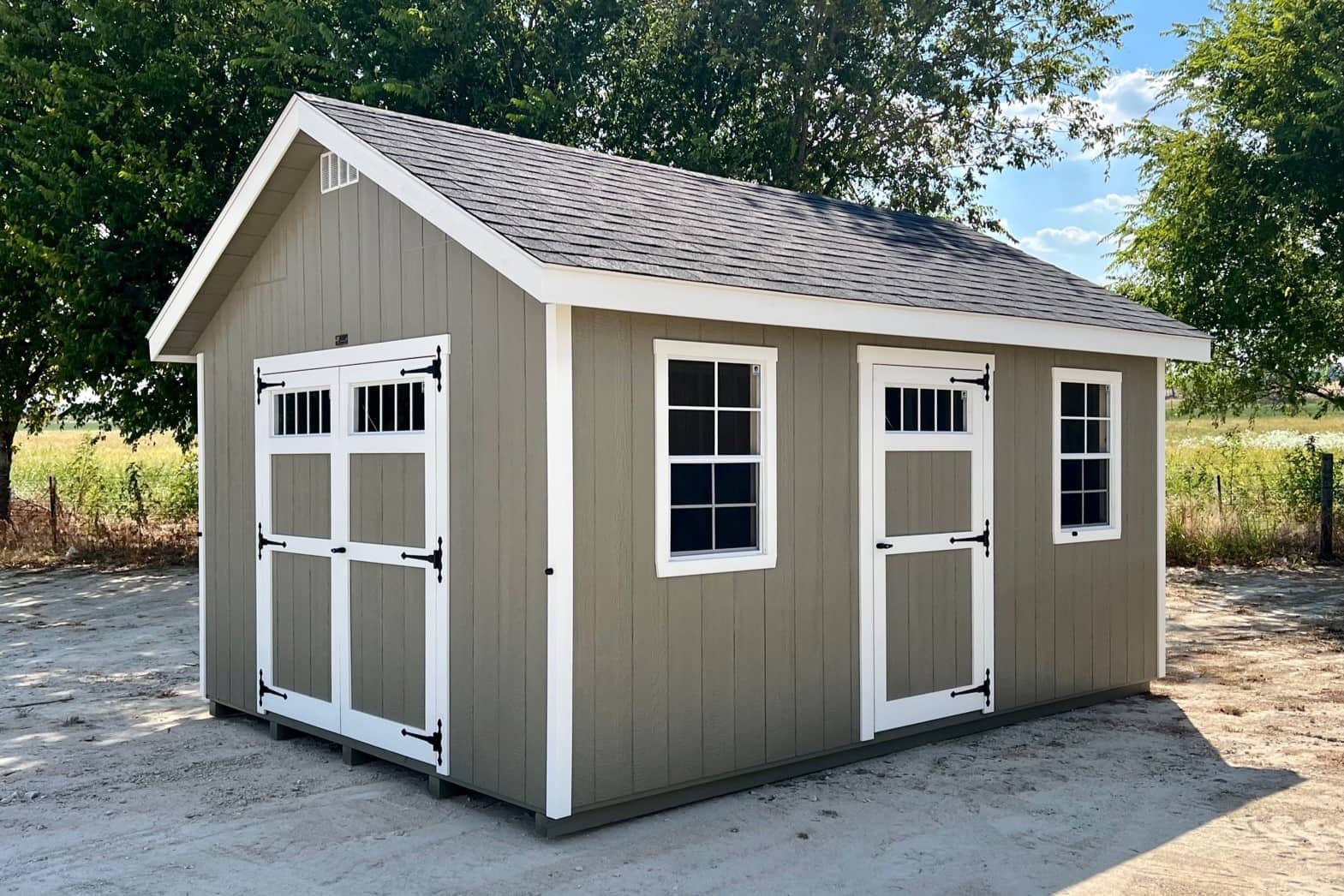

Outdoor Structures
What Materials Do I Need To Build A 12X16 Shed
Modified: August 22, 2024
Discover the essential materials required to construct a 12x16 shed and create the perfect outdoor structure for your needs. Explore the must-have items for your shed project.
(Many of the links in this article redirect to a specific reviewed product. Your purchase of these products through affiliate links helps to generate commission for Storables.com, at no extra cost. Learn more)
Introduction
Building a 12×16 shed can be an exciting and rewarding project that adds valuable storage space to your property. Whether you’re a seasoned DIY enthusiast or a first-time builder, having a clear understanding of the materials required is essential for a successful construction process. From the foundation to the finishing touches, each component plays a crucial role in ensuring the durability and functionality of your shed.
In this comprehensive guide, we’ll explore the diverse range of materials needed to bring your 12×16 shed to life. By delving into the tools, foundation, frame, walls, roof, doors, windows, siding, flooring, insulation, vapor barrier, and finishing materials, you’ll gain valuable insights into the construction process. Whether you’re aiming for a traditional, rustic, or modern shed design, the selection of materials will greatly influence the overall aesthetic and structural integrity of your project.
Let’s embark on this journey of shed construction, where each material choice contributes to the creation of a functional and visually appealing outdoor structure that meets your specific needs and preferences.
Key Takeaways:
- Building a 12×16 shed requires a variety of materials, from the foundation to the finishing touches. Each material choice contributes to the shed’s durability, functionality, and aesthetic appeal, making it essential to prioritize high-quality, weather-resistant options.
- Proper installation techniques and maintenance practices are crucial for ensuring the longevity and performance of a 12×16 shed. By carefully considering the materials outlined in this guide and tailoring them to specific requirements, a functional and visually appealing shed can be created.
Read more: How To Build A 12×16 Shed
Tools
Before diving into the specific materials required for building a 12×16 shed, it’s essential to have the right tools on hand to facilitate the construction process. Here’s a list of basic tools that will come in handy:
- Measuring Tape: Accurate measurements are crucial for ensuring precise cuts and proper alignment of materials.
- Hammer: A versatile tool for driving nails and securing various components during assembly.
- Screwdriver Set: Both flathead and Phillips screwdrivers will be needed for fastening screws in different parts of the shed.
- Power Drill: This tool will expedite the process of driving screws and drilling holes, saving time and effort.
- Saw: A circular saw or handsaw will be essential for cutting lumber, plywood, and other materials to the required dimensions.
- Level: Ensures that surfaces, walls, and components are plumb and level throughout the construction process.
- Work Gloves and Safety Glasses: Protect your hands and eyes from potential hazards while handling materials and using power tools.
- Ladder: Necessary for working at elevated heights during the installation of the roof and other elevated components.
- Wheelbarrow: For transporting heavy materials such as gravel, concrete, and lumber around the construction site.
- Shovel: Essential for digging and leveling the ground when preparing the shed’s foundation.
While this list covers the basic tools needed for shed construction, additional specialized tools may be required based on the specific design and construction methods chosen. Having the right tools at your disposal will not only streamline the building process but also contribute to the overall safety and precision of the project.
Foundation Materials
The foundation serves as the anchor for your 12×16 shed, providing stability and preventing shifting or settling over time. The choice of foundation materials depends on factors such as soil composition, local building codes, and personal preferences. Here are the primary materials required for building a sturdy shed foundation:
- Concrete Blocks or Piers: These provide a stable base for supporting the shed’s floor joists. They are particularly suitable for sheds built on relatively flat and well-drained ground.
- Pressure-Treated Lumber: Used for constructing the skids or runners that rest on the concrete blocks or piers, providing a level surface for the shed floor.
- Gravel or Crushed Stone: Essential for creating a level and well-drained surface beneath the concrete blocks or piers. It aids in moisture drainage and helps prevent water accumulation around the foundation.
- Anchor Bolts or Post Brackets: These are used to secure the shed’s floor framing to the foundation, enhancing structural integrity and resistance to high winds or seismic activity.
- Rebar (if required): In regions with specific building code requirements, reinforcing steel bars may be necessary to strengthen the concrete footings or piers.
- Vapor Barrier: While not a traditional foundation material, a vapor barrier is crucial for preventing moisture from seeping into the shed’s floor and causing damage over time. It is typically a heavy-duty plastic sheet placed between the ground and the shed’s floor structure.
When selecting foundation materials, it’s important to consider the shed’s intended use, local climate, and the potential for ground movement. A well-constructed foundation ensures the long-term stability and durability of your shed, providing a solid base for the entire structure.
Frame Materials
The frame forms the skeleton of your 12×16 shed, providing structural support and shaping the overall design. When selecting frame materials, it’s essential to prioritize durability, strength, and resistance to the elements. Here are the primary materials required for constructing the frame of your shed:
- Pressure-Treated Lumber: This is a fundamental component for framing the floor, walls, and roof of the shed. Pressure-treated lumber is resistant to rot, decay, and insect damage, making it ideal for outdoor construction.
- Joist Hangers: These metal brackets are used to secure the floor joists to the skids or runners, providing additional stability and load-bearing support.
- Galvanized Nails or Screws: Essential for fastening the framing components together, ensuring a secure and long-lasting frame structure.
- Metal Ties and Anchors: These are used to connect and reinforce the frame at critical junctions, such as where the walls meet the roof trusses or where the walls attach to the foundation.
- Corner Braces: Provide additional structural support at the corners of the shed, enhancing stability and resistance to lateral forces.
- Rafter and Truss Brackets: These metal connectors are essential for securing the roof trusses or rafters to the top plates, ensuring a strong and stable roof structure.
- Beam and Header Material: For sheds with larger door or window openings, sturdy beams or headers are required to support the load above these openings.
When assembling the frame, attention to detail and precision in cutting and fastening the materials are crucial for ensuring a square and plumb structure. The frame serves as the framework for the entire shed, laying the groundwork for the installation of walls, roof, doors, and windows. By selecting high-quality and appropriate frame materials, you set the stage for a durable and resilient outdoor structure.
Wall Materials
Choosing the right materials for the walls of your 12×16 shed is essential for creating a sturdy, weather-resistant, and visually appealing structure. The wall materials not only contribute to the shed’s overall strength and durability but also play a significant role in its aesthetic appeal. Here are the primary materials needed for constructing the walls of your shed:
- Exterior Sheathing: Oriented Strand Board (OSB) or plywood panels are commonly used as exterior sheathing to provide lateral stability and a base for siding installation.
- Pressure-Treated Lumber: For framing the walls and providing structural support. Pressure-treated lumber is crucial for preventing rot and decay, especially in contact with the ground or concrete foundation.
- Studs and Plates: 2×4 or 2×6 dimensional lumber is used for framing the walls, providing a framework for attaching sheathing, insulation, and interior finishes.
- Siding Material: Options include vinyl, wood, engineered wood, metal, or fiber cement siding, each offering distinct aesthetics, durability, and maintenance requirements.
- House Wrap or Building Paper: An essential moisture barrier that is installed beneath the siding to protect the walls from water infiltration while allowing moisture vapor to escape.
- Fasteners: Galvanized nails or screws are used to secure the sheathing, framing, and siding materials, ensuring a strong and secure wall assembly.
When selecting wall materials, it’s important to consider factors such as local climate, maintenance requirements, and the desired aesthetic appeal. Proper installation of these materials is crucial for weatherproofing the shed and ensuring long-term structural integrity. The walls not only enclose the space but also provide protection from the elements, making the selection of high-quality and suitable materials a critical aspect of shed construction.
Read more: How To Build A 16X16 Storage Shed
Roof Materials
Choosing the right materials for the roof of your 12×16 shed is essential for providing protection from the elements and ensuring long-term durability. The roof materials not only contribute to the shed’s weather resistance but also play a significant role in its overall aesthetic appeal. Here are the primary materials needed for constructing the roof of your shed:
- Roofing Shingles: Asphalt shingles are a popular and cost-effective roofing material, available in various colors and styles to complement the shed’s design.
- Roof Sheathing: Oriented Strand Board (OSB) or plywood panels are used as a base for attaching the roofing underlayment and shingles, providing structural support and a smooth surface for the roofing materials.
- Roofing Underlayment: A protective layer of felt or synthetic material that is installed over the roof sheathing to provide an additional barrier against water infiltration and protect the structure from potential leaks.
- Drip Edge: Metal flashing installed along the edges of the roof to direct water away from the underlying materials and prevent water damage.
- Roofing Nails: Galvanized nails specifically designed for securing shingles and underlayment to the roof sheathing, ensuring a secure and weather-resistant roof assembly.
- Roof Ventilation: Soffit vents and ridge vents are essential for promoting air circulation in the attic space, preventing moisture buildup and prolonging the life of the roofing materials.
- Flashing: Metal flashing is used to seal joints and transitions in the roof, such as around chimneys, skylights, and roof intersections, preventing water penetration at these vulnerable areas.
When selecting roof materials, it’s important to consider factors such as local climate, roof pitch, and the desired longevity of the roofing system. Proper installation of these materials is crucial for ensuring a watertight and durable roof that protects the shed’s interior from rain, snow, and other environmental elements. The roof not only shelters the structure but also contributes to its overall aesthetics, making the choice of high-quality and suitable materials a critical aspect of shed construction.
You will need materials such as pressure-treated lumber, plywood, roofing materials, nails, screws, and concrete for the foundation. Be sure to check local building codes for any specific requirements.
Door and Window Materials
The selection of door and window materials for your 12×16 shed is essential for enhancing functionality, security, and natural light penetration. Doors and windows not only provide access and ventilation but also contribute to the shed’s visual appeal. Here are the primary materials needed for installing doors and windows in your shed:
- Exterior Doors: Options include pre-hung wooden doors, steel doors, or fiberglass doors, each offering varying levels of durability, security, and aesthetics. Consider the door’s resistance to weather and its compatibility with the shed’s design.
- Door Hardware: This includes hinges, handles, locks, and latches, which are essential for ensuring smooth operation, security, and weather sealing of the doors.
- Windows: Choose from vinyl, wood, or aluminum windows based on durability, energy efficiency, and visual appeal. Consider the size and placement of windows to maximize natural light and ventilation within the shed.
- Window Hardware: This includes locks, handles, and window cranks, which are crucial for ease of operation, security, and weather sealing of the windows.
- Window Glazing: Select single-pane or double-pane windows based on insulation requirements and climate considerations. Proper glazing ensures energy efficiency and protection against the elements.
- Trim and Casing: These materials are used to finish the edges and surrounds of doors and windows, enhancing the aesthetic appeal and weather resistance of these openings.
- Weather Stripping: Essential for sealing gaps and preventing air and water infiltration around doors and windows, contributing to energy efficiency and interior comfort.
When selecting door and window materials, it’s important to consider factors such as security, energy efficiency, and the shed’s overall design. Proper installation of these materials is crucial for ensuring functionality, weather resistance, and visual harmony with the shed’s exterior. Doors and windows not only provide access and ventilation but also contribute to the shed’s overall aesthetics and usability, making the choice of high-quality and suitable materials a critical aspect of shed construction.
Siding and Trim Materials
The choice of siding and trim materials for your 12×16 shed significantly influences its visual appeal, weather resistance, and maintenance requirements. Siding serves as the protective skin of the shed, while trim materials add detail and ensure a finished look. Here are the primary materials needed for the siding and trim of your shed:
- Vinyl Siding: A popular and low-maintenance option available in various colors and textures, offering durability and resistance to the elements.
- Wood Siding: Provides a classic and natural aesthetic, with options such as cedar, pine, or engineered wood siding. Proper sealing and maintenance are essential for longevity.
- Fiber Cement Siding: A durable and versatile option that mimics the look of wood while offering enhanced resistance to rot, insects, and fire.
- Metal Siding: Options include steel or aluminum siding, known for their durability, low maintenance, and modern aesthetic appeal.
- Trim Boards: These materials, often made of wood or composite, are used to finish the edges, corners, and eaves of the shed, adding visual interest and protecting vulnerable areas from moisture infiltration.
- Soffit and Fascia: Essential for providing a finished look to the eaves and roof edges, while also protecting the underlying structure from moisture and pests.
- J-Channel and Trim Accessories: These components are used to create clean transitions and finishes around windows, doors, and corners, enhancing the aesthetic appeal and weather resistance of the shed.
- Siding Fasteners: Galvanized nails or screws designed for exterior use are essential for securely attaching siding and trim materials to the shed’s frame.
When selecting siding and trim materials, it’s important to consider factors such as climate, maintenance requirements, and the desired aesthetic. Proper installation and maintenance of these materials are crucial for ensuring weather resistance, longevity, and visual harmony with the shed’s overall design. Siding and trim not only protect the shed from the elements but also contribute to its curb appeal, making the choice of high-quality and suitable materials a critical aspect of shed construction.
Flooring Materials
The choice of flooring materials for your 12×16 shed is essential for creating a stable, durable, and functional surface that can withstand heavy use and environmental conditions. The flooring not only provides a solid foundation for the shed’s interior but also contributes to its overall usability and aesthetics. Here are the primary materials needed for the flooring of your shed:
- Pressure-Treated Plywood: A common and durable choice for shed flooring, offering resistance to moisture, decay, and insect damage. It provides a stable and long-lasting surface for the shed’s interior.
- Concrete Slab: Ideal for sheds with heavy storage needs or workshops, a concrete slab provides a solid, level, and long-lasting flooring solution. Properly cured and sealed, it offers excellent durability and resistance to moisture.
- Floor Joists: Pressure-treated lumber is used for framing the shed’s floor, providing structural support and load-bearing capacity for the chosen flooring material.
- Flooring Insulation (optional): In regions with cold climates, adding insulation beneath the flooring can improve thermal comfort and energy efficiency within the shed.
- Moisture Barrier: A heavy-duty plastic sheet or moisture-resistant underlayment is essential for preventing ground moisture from seeping into the shed’s floor, protecting the flooring material from damage.
- Flooring Fasteners: Galvanized nails or screws designed for flooring applications are essential for securely attaching the flooring material to the floor joists or concrete slab.
- Flooring Finish (optional): Depending on the chosen flooring material, a protective finish or sealant may be applied to enhance durability, ease of maintenance, and visual appeal.
When selecting flooring materials, it’s important to consider factors such as intended use, climate, and maintenance requirements. Proper installation and maintenance of these materials are crucial for ensuring a stable, long-lasting, and visually appealing floor within the shed. The flooring not only provides a functional surface but also contributes to the overall usability and comfort of the shed’s interior, making the choice of high-quality and suitable materials a critical aspect of shed construction.
Read more: How To Build A 12×12 Shed
Insulation and Vapor Barrier Materials
Insulating your 12×16 shed is essential for maintaining a comfortable interior environment, controlling moisture, and enhancing energy efficiency. Proper insulation and vapor barrier materials not only contribute to temperature regulation but also protect the shed’s structure from potential moisture-related issues. Here are the primary materials needed for insulating and applying a vapor barrier to your shed:
- Fiberglass Insulation: A common and cost-effective insulation material available in batts or rolls, offering thermal resistance and sound absorption properties. It is suitable for insulating the walls, ceiling, and floor of the shed.
- Foam Board Insulation: Rigid foam panels provide high insulating value and moisture resistance, making them ideal for insulating below-grade areas or areas prone to moisture exposure.
- Vapor Barrier: A polyethylene or similar moisture-resistant barrier is essential for preventing water vapor from penetrating the insulated spaces, protecting the structure from potential moisture damage.
- Adhesive or Tape: To seal the joints and seams of the vapor barrier, ensuring a continuous and effective moisture barrier within the insulated spaces.
- Insulation Supports: Wire or plastic supports are used to hold insulation in place within the wall and ceiling cavities, ensuring consistent coverage and thermal performance.
- Protective Gear: When handling insulation materials, appropriate protective gear such as gloves, long sleeves, and a mask should be worn to minimize skin irritation and respiratory exposure.
When selecting insulation and vapor barrier materials, it’s important to consider factors such as local climate, desired R-value (thermal resistance), and the shed’s intended use. Proper installation of these materials is crucial for maximizing energy efficiency, preventing moisture-related issues, and creating a comfortable interior environment within the shed. Insulation and vapor barrier materials not only enhance comfort but also contribute to the long-term durability and performance of the shed, making the choice of high-quality and suitable materials a critical aspect of shed construction.
Paint and Finishing Materials
Applying the right paint and finishing materials to your 12×16 shed is essential for protecting the exterior surfaces, enhancing visual appeal, and ensuring long-term durability. The choice of paint and finishing materials not only contributes to the shed’s aesthetic appeal but also provides crucial protection against the elements. Here are the primary materials needed for painting and finishing your shed:
- Exterior Paint: Choose a high-quality exterior paint suitable for the shed’s siding material, offering excellent adhesion, color retention, and resistance to fading and weathering.
- Primer: An appropriate primer designed for the chosen siding material is essential for promoting adhesion, preventing stains, and ensuring a uniform finish for the topcoat of paint.
- Paint Brushes and Rollers: High-quality brushes and rollers are essential for applying paint to the shed’s exterior surfaces, ensuring smooth and even coverage.
- Exterior Stain (if applicable): For sheds with wood siding or trim, an exterior stain offers a protective and decorative finish, highlighting the natural beauty of the wood while providing resistance to moisture and UV damage.
- Sealant or Caulk: Weather-resistant sealant or caulk is used to fill gaps, joints, and cracks in the shed’s exterior, preventing water infiltration and enhancing weatherproofing.
- Finishing Trim: This includes decorative trim elements such as corner boards, fascia, and window/door surrounds, which are essential for adding visual interest and protecting vulnerable areas from moisture and pests.
- Exterior Wood Preservative (if applicable): For sheds with exposed wood elements, a wood preservative or treatment can be applied to protect against rot, decay, and insect damage.
When selecting paint and finishing materials, it’s important to consider factors such as climate, maintenance requirements, and the desired color scheme. Proper application and maintenance of these materials are crucial for ensuring long-term protection, visual appeal, and structural integrity of the shed’s exterior. Painting and finishing materials not only enhance the shed’s appearance but also provide essential protection against the elements, making the choice of high-quality and suitable materials a critical aspect of shed construction.
Conclusion
As you embark on the journey of building a 12×16 shed, the selection of materials plays a pivotal role in shaping the structure’s durability, functionality, and aesthetic appeal. From the foundation to the finishing touches, each material serves a specific purpose in ensuring the long-term success of your construction project. By understanding the diverse range of materials required for the shed’s construction, you can make informed decisions that align with your specific needs, climate considerations, and design preferences.
Throughout this guide, we’ve explored the essential materials needed for every aspect of shed construction, from the tools required for the building process to the finishing materials that protect and beautify the exterior. Whether you’re framing the walls, installing windows and doors, or applying the final coat of paint, each material choice contributes to the overall integrity and visual appeal of your shed.
It’s important to prioritize high-quality, weather-resistant materials that are suitable for outdoor use, ensuring that your shed stands the test of time and environmental conditions. Additionally, attention to proper installation techniques and maintenance practices will further enhance the longevity and performance of your shed.
By carefully considering the materials outlined in this guide and tailoring them to your specific requirements, you can create a 12×16 shed that not only meets your practical storage or workspace needs but also enhances the visual appeal of your outdoor space. With the right materials and a clear vision in mind, your shed construction project is poised for success, providing a valuable and functional addition to your property for years to come.
Frequently Asked Questions about What Materials Do I Need To Build A 12X16 Shed
Was this page helpful?
At Storables.com, we guarantee accurate and reliable information. Our content, validated by Expert Board Contributors, is crafted following stringent Editorial Policies. We're committed to providing you with well-researched, expert-backed insights for all your informational needs.
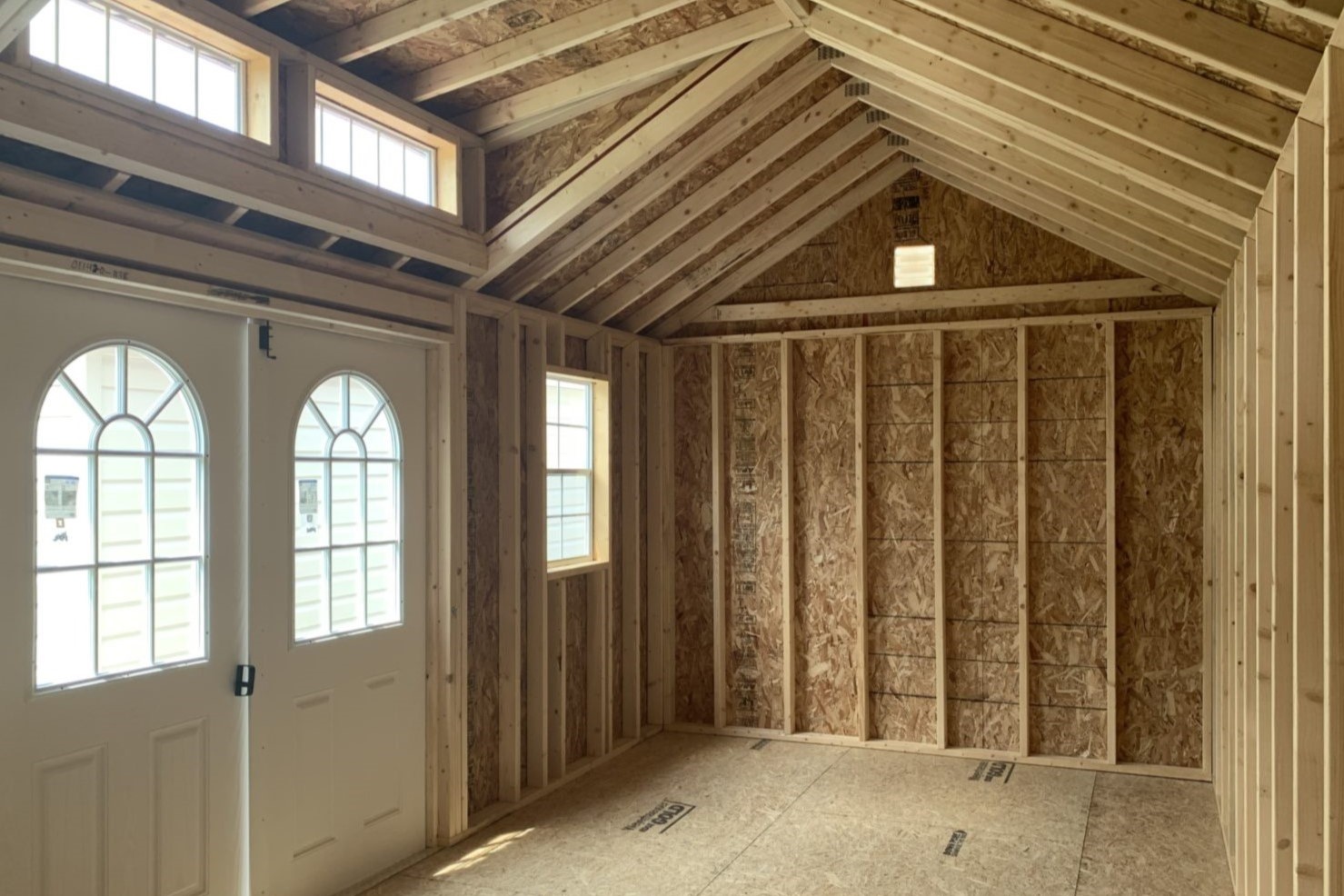
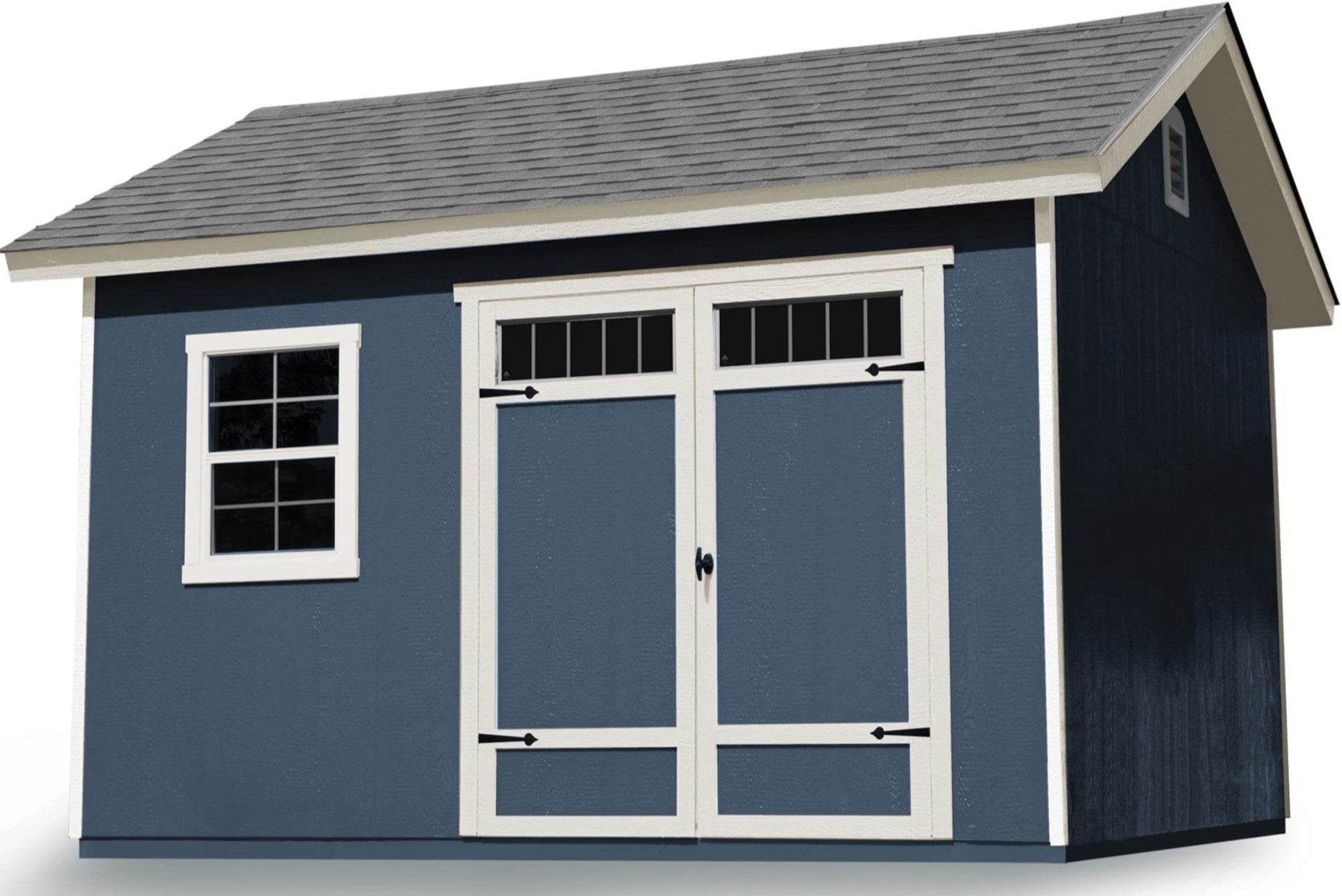
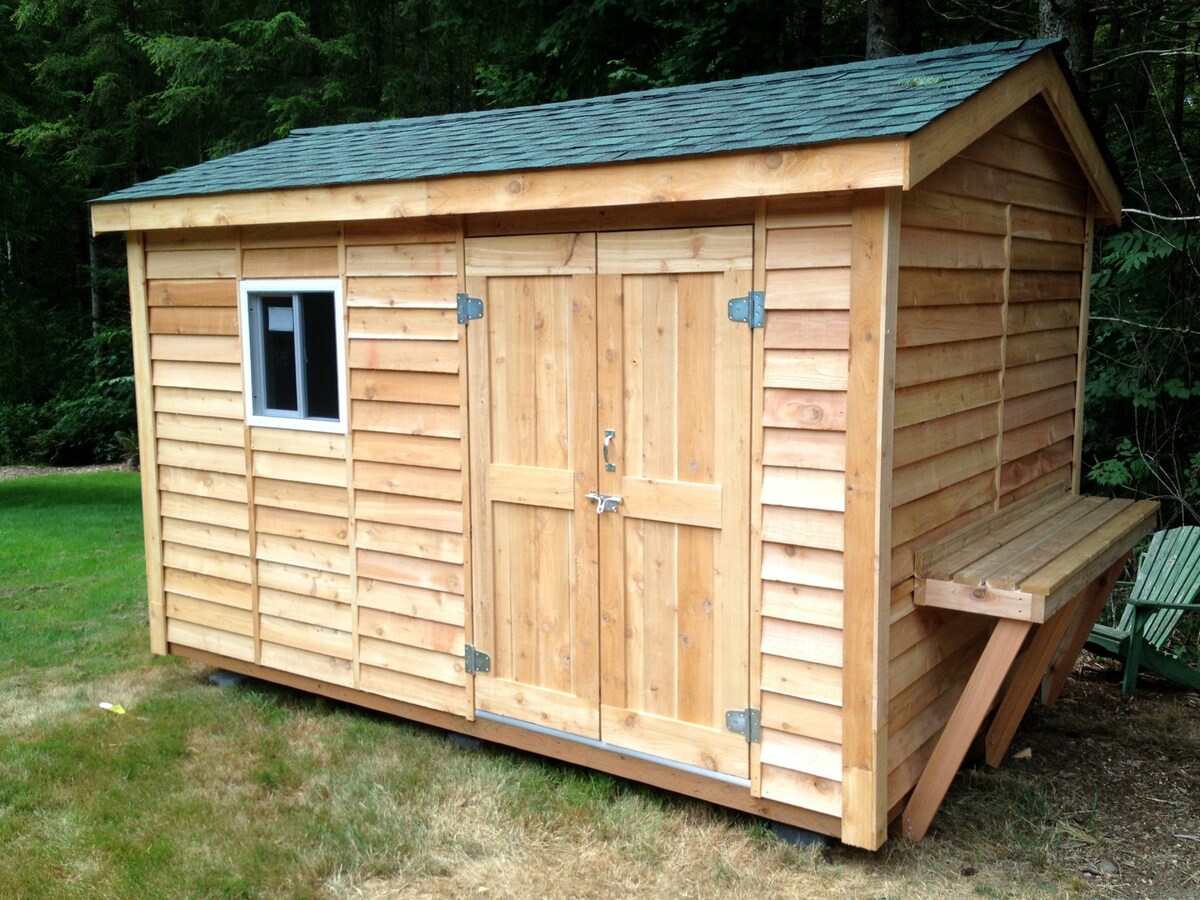
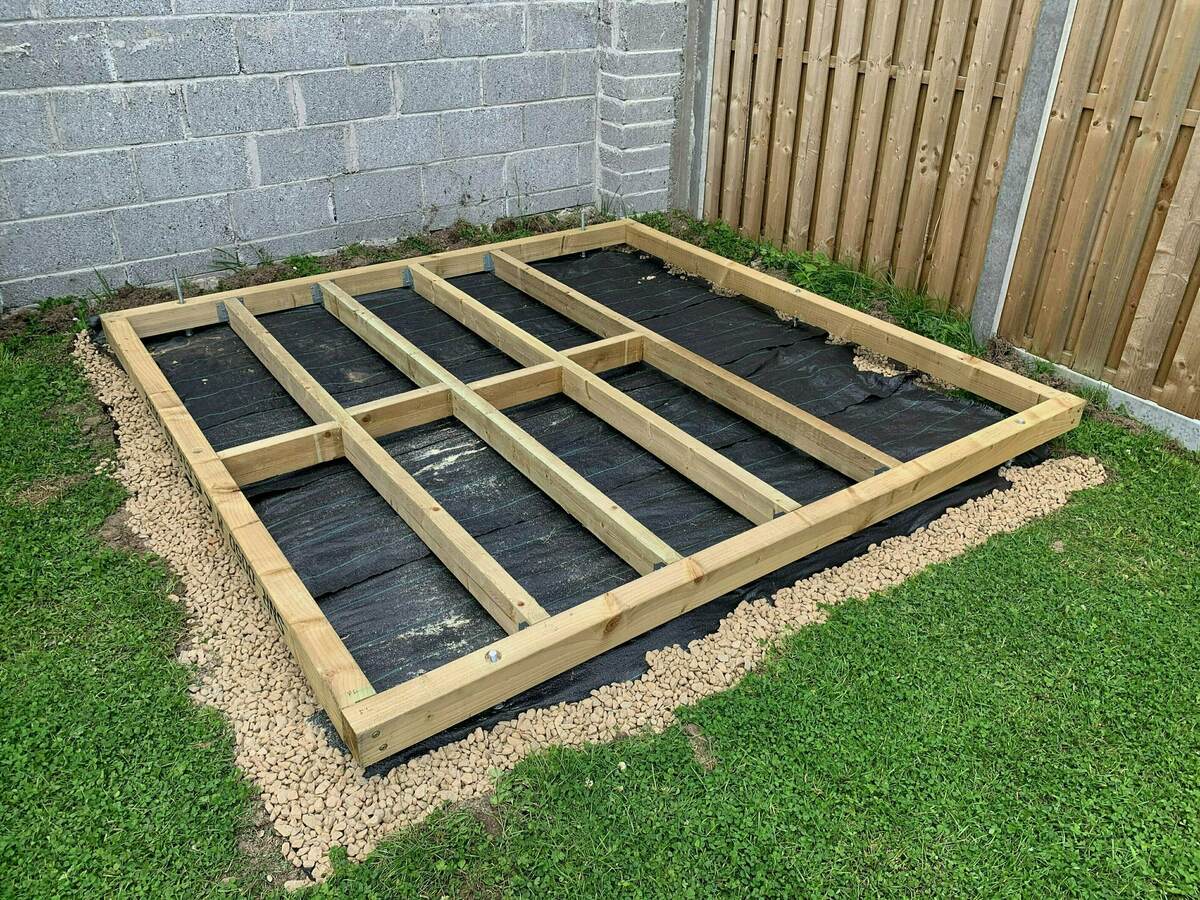
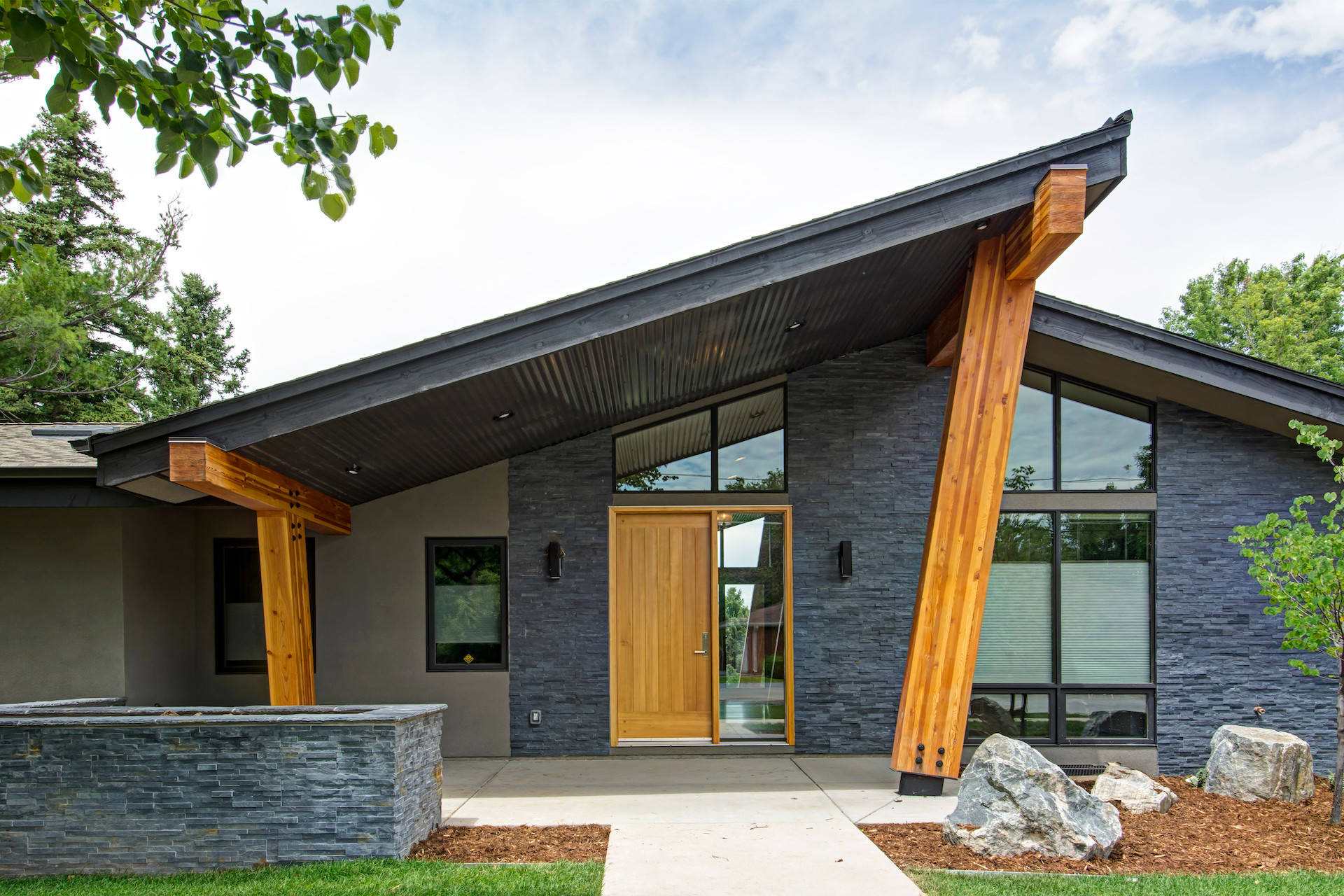
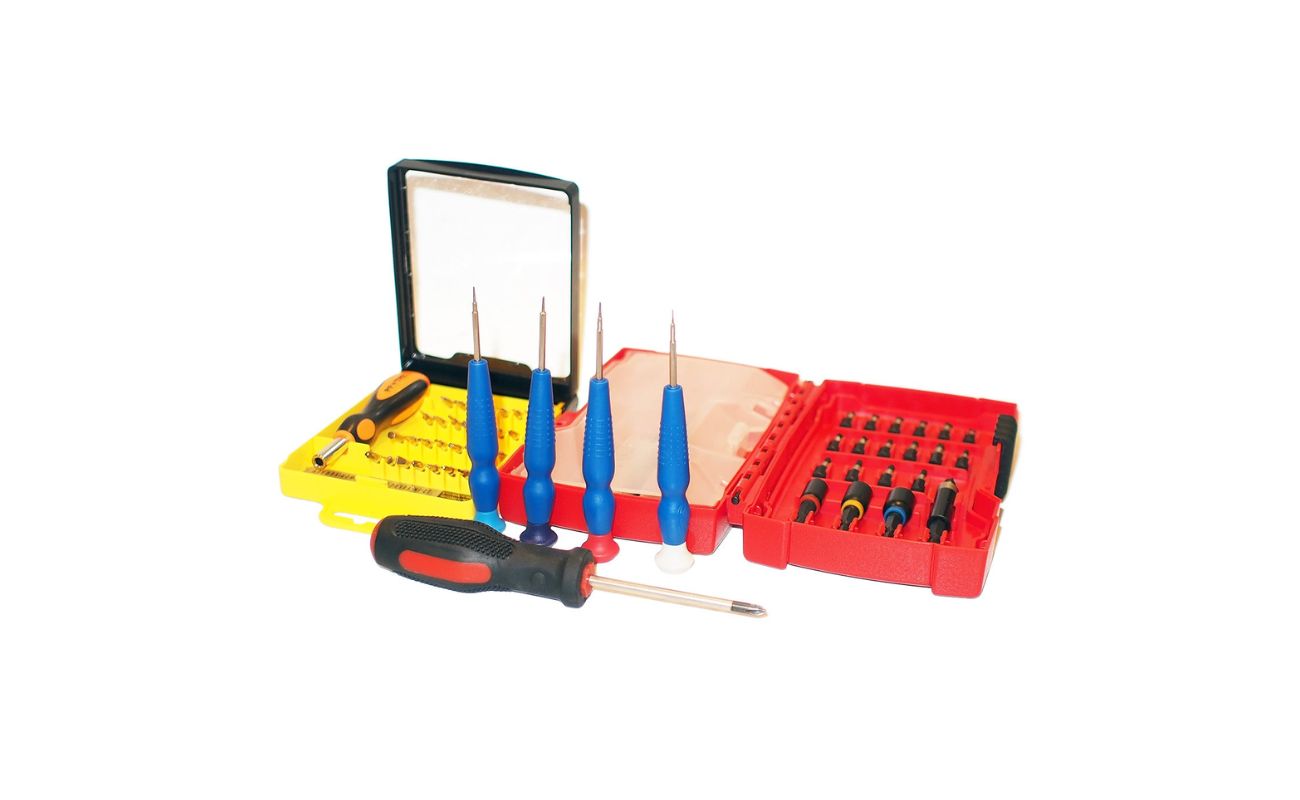
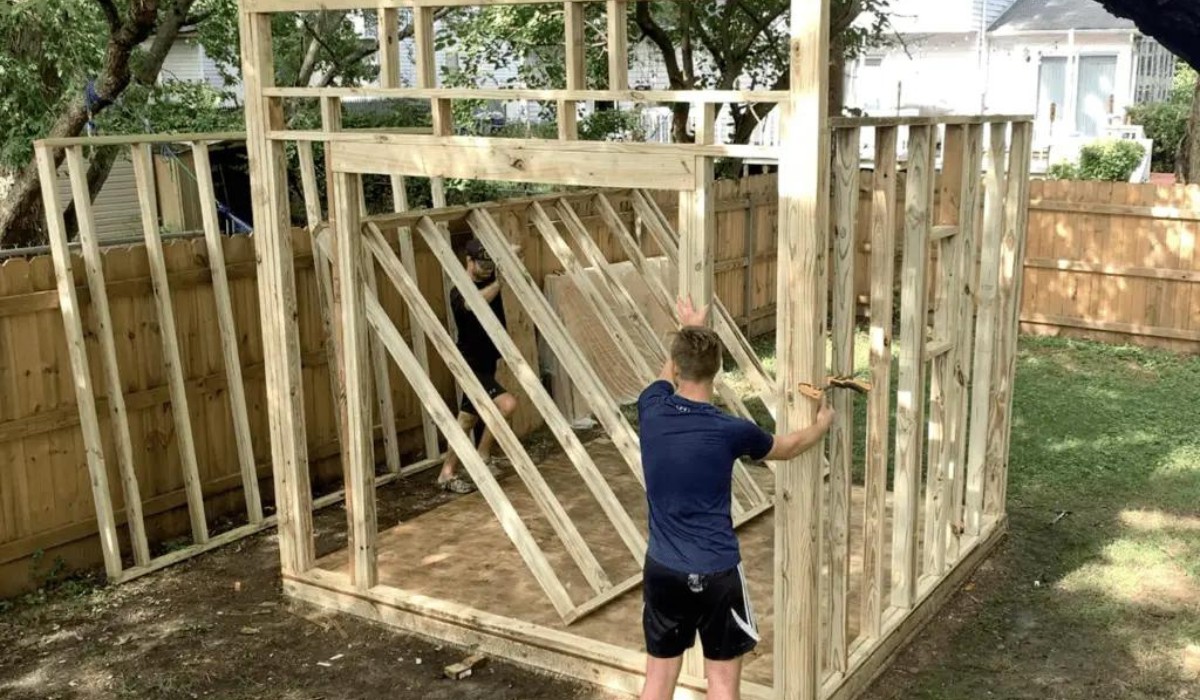
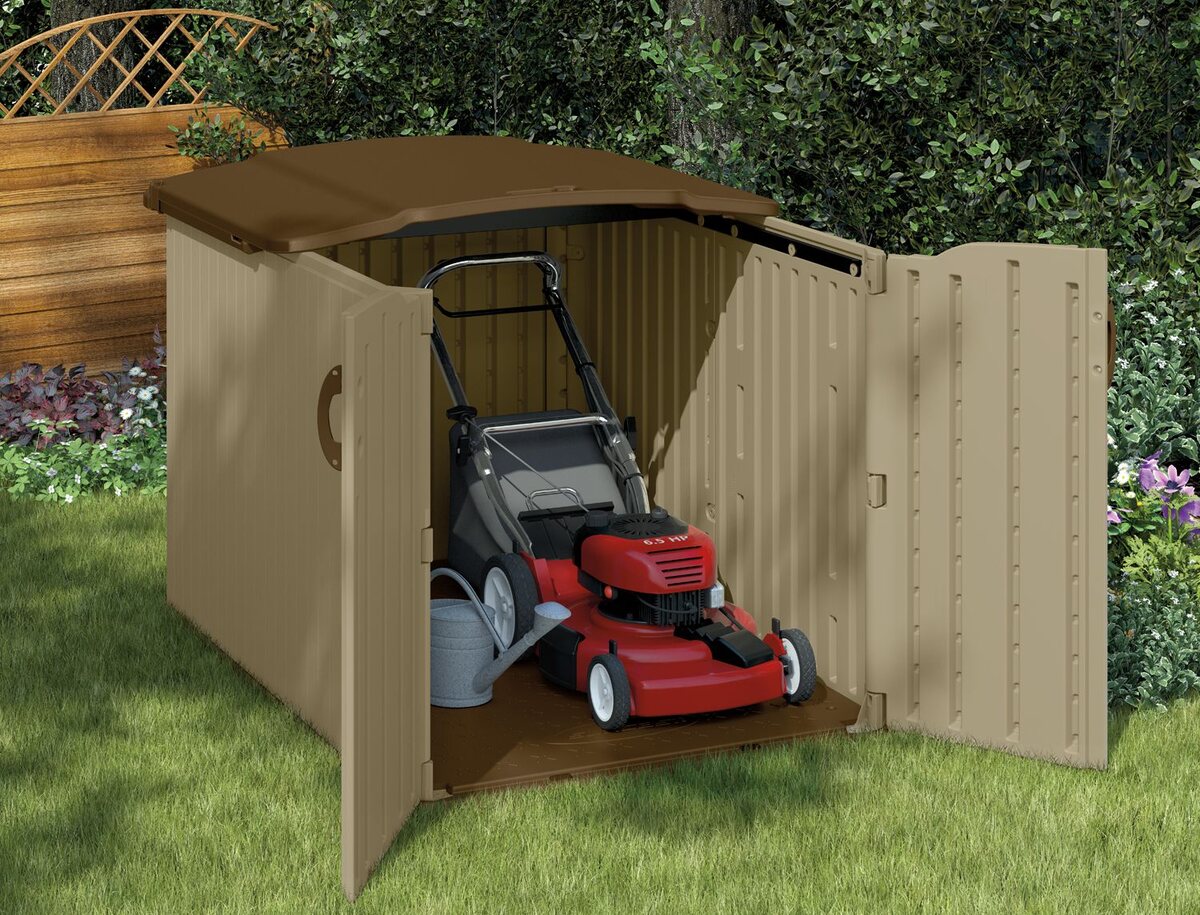
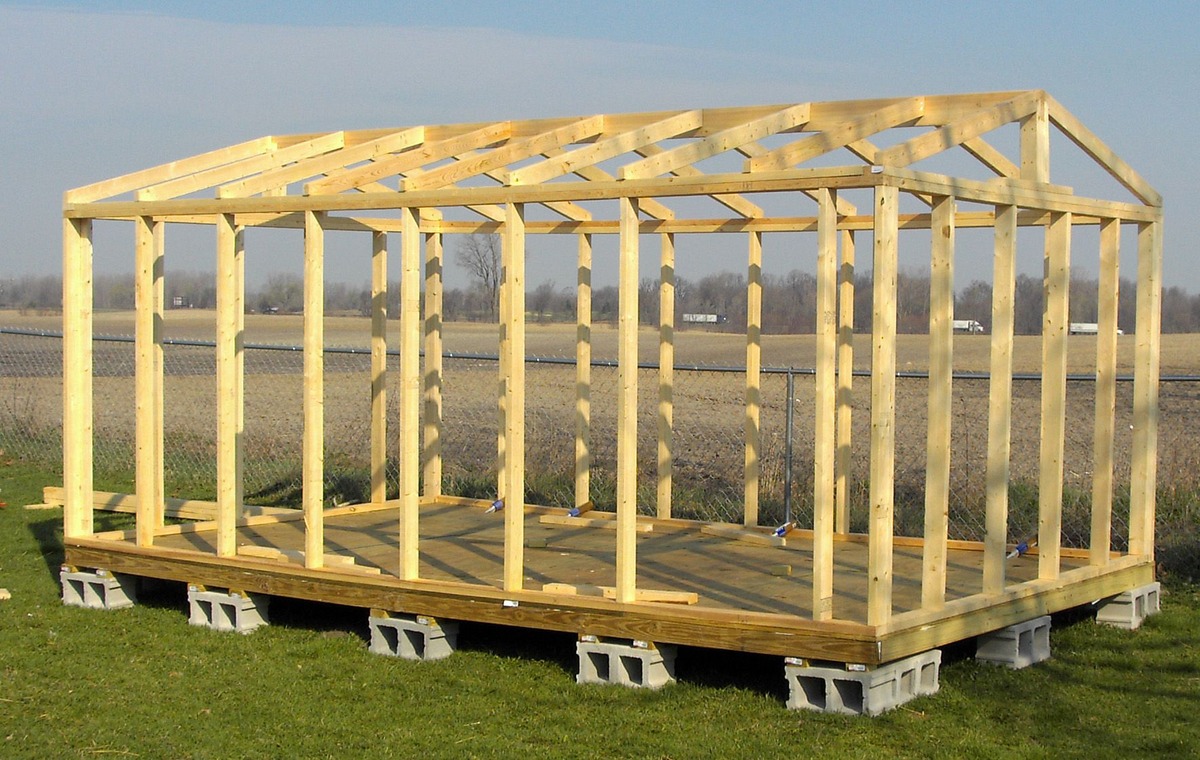
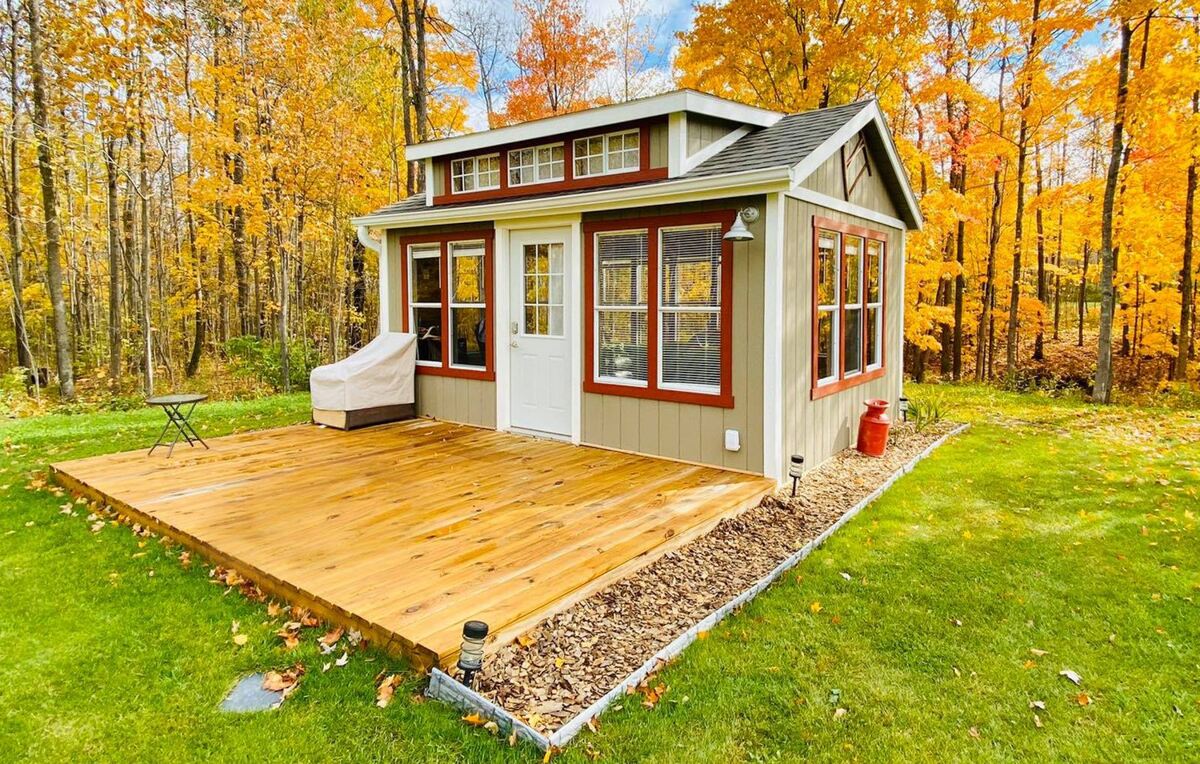
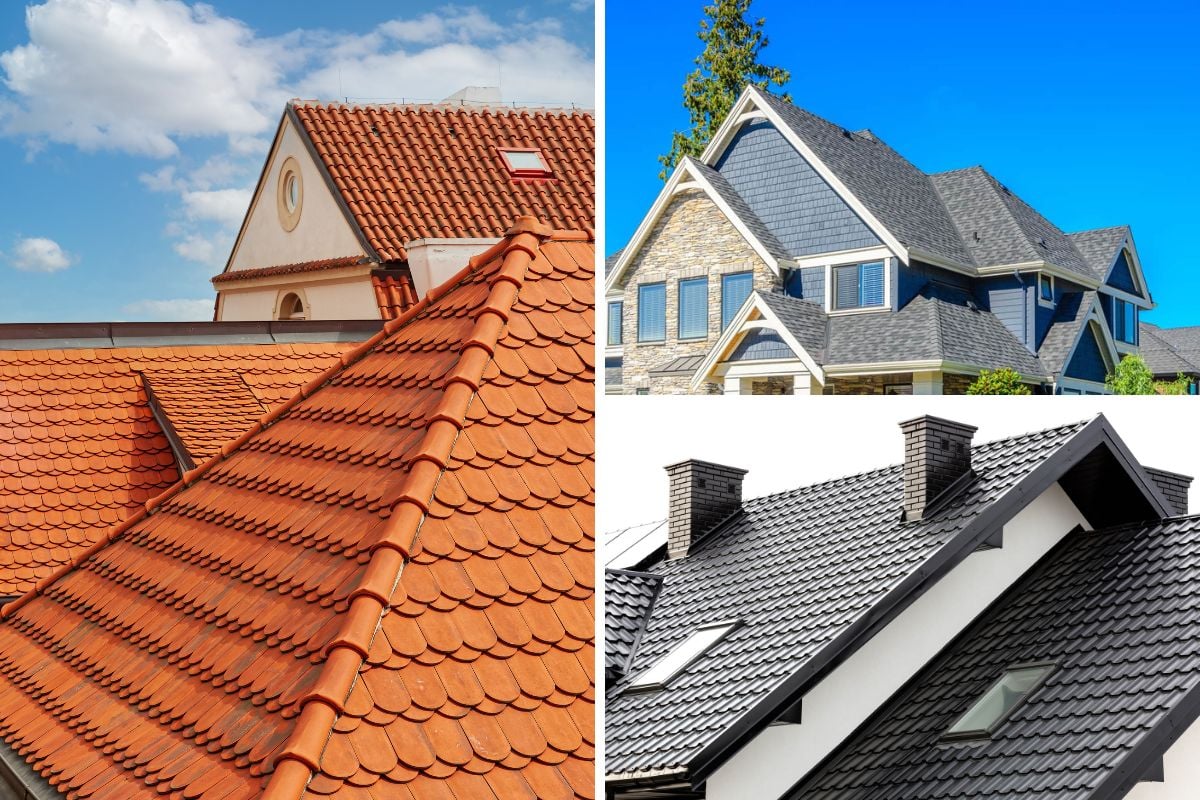

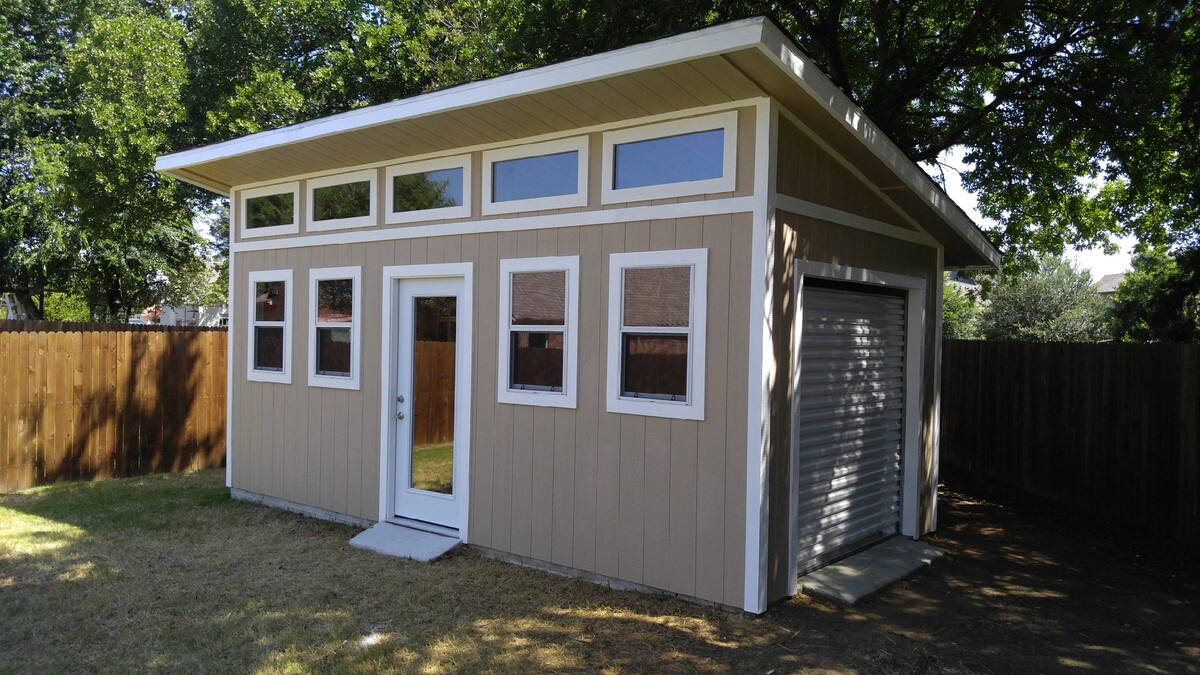

0 thoughts on “What Materials Do I Need To Build A 12X16 Shed”